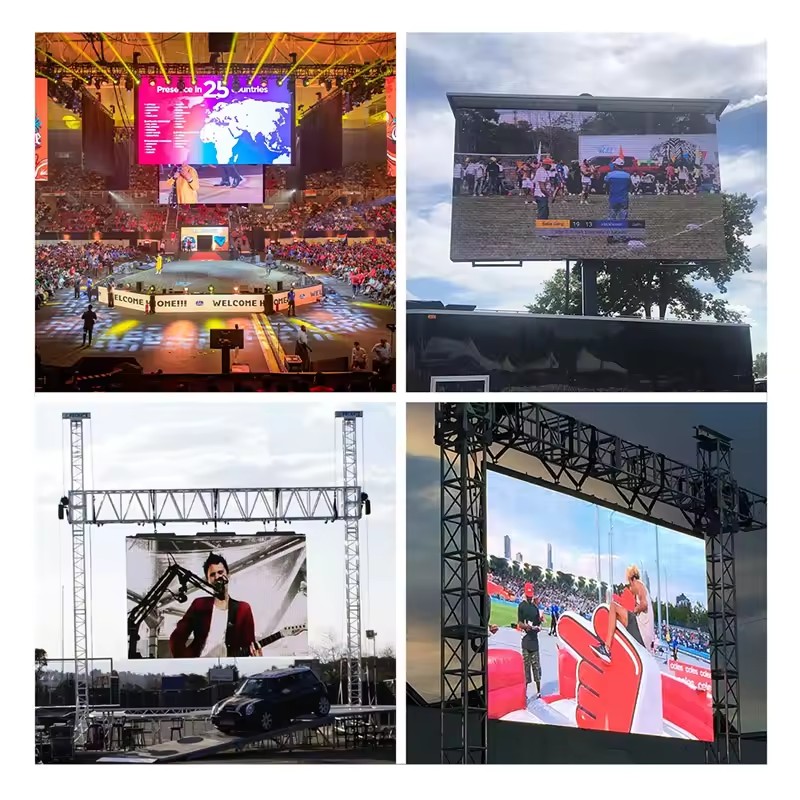
The Importance of Thick LED Display Screen
People usually consider the thickness of the display when installing a display, because the thickness of the LED display determines the aesthetics of the installation and the way it is installed, here let’s understand the content of the thickness of the LED display, as well as the challenges that may be faced in the future.
What determines the thickness of an LED Screen?
The direct factors that determine the thickness of the LED Screen are the cabinet, the steel structure, and the pixel density of the LED module. The material of the cabinet will directly affect the thickness of the LED display, and the cabinet is usually made of sheet metal and die-cast aluminum. They have front maintenance and rear maintenance; however, the front maintenance is categorized in indoor or outdoor, in short, the material of the cabinet and the way of maintenance is one of the factors affecting the thickness of the LED Screen.

The steel structure of LED display is mainly to fix the LED display. The thickness of the steel structure is based on different installation methods and decide, usually, the steel structure of the rear maintenance of the LED display thickness is usually in the 450mm ~ 850mm.
And the thickness of the steel structure is higher, which means that its durability is better, and the later maintenance work will be more simple; and the thickness of the installation of the front maintenance is thinner, which can save more space, and the thickness of this kind of installation is 80mm ~ 300mm.
Usually the higher the pixel density of the LED module, the thickness of the LED display will be thicker, because higher pixel density requires more control systems, and also additional circuit systems, so the LED display needs to have enough thickness space to store more control systems and all kinds of wires to maintain the display of the LED display.
Thickness parameters for different LED pitch products
| Environment | Pitch Size (mm) | Module Size (mm) | Product Thickness (mm) | Magnet Thickness M4 (mm) | Long Leg Magnet Thickness M4 (mm) |
| indoor | P1.875 | 240×240 | 14.5 | 22.2 | 27.3 |
| indoor | P2 | 320×160 | 14.5 | 22.2 | 27.3 |
| indoor | P2.5 | 320×160 | 14.5 | 22.2 | 27.3 |
| indoor | p3 | 192×192 | 14.6 | 22.3 | 27.4 |
| outdoor | P4 | 320×160 | 18.8 | 26.5 | 31.6 |
| outdoor | P5 | 320×160 | 17.5 | 25.2 | 30.3 |
| outdoor | P6 | 320×160 | 18.8 | 26.4 | 31.5 |
| outdoor | P8 | 320×160 | 19.1 | 26.3 | 31.4 |
Thickness of LED Screen on different LED modules
Indoor: Indoor LED display applies thinner LED modules to make the display lighter and more compact, so that the LED display can be installed faster in the formation, and its thickness is usually in the range of 5mm~15mm.
Indoor LED display is usually not equipped with special heat dissipation system and brightness adjustment; however, the resolution of indoor LED module is Higher, can be viewed from a close distance, and the range of viewing angle is also larger.
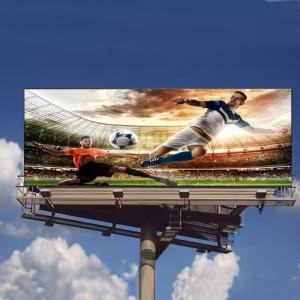
Outdoor: The thickness of outdoor LED Screen module is usually thicker, the thickness of outdoor LED module is usually 15mm~20mm, the pitch of outdoor LED module is wider, it has high brightness effect, and it also adopts weatherproof material to make it have extra protection against rainwater, etc.
Since outdoor LED Screen has to endure more outdoor challenges, it needs thicker casing to accommodate necessary components inside the display and resist the outside world.
Because outdoor LED display has to withstand more outdoor challenges, it needs a thicker shell to accommodate the necessary components inside the display and to withstand the external rain, dust and hot sun.
Flexibility: Flexible LED modules are developed for special display applications, such as curved LED displays, and orb-shaped LED displays. The thickness of the screen of a flexible LED display is usually 8mm~15mm.
The thinner the design of the LED Screen can be more easily integrated into the design of the space, it is lighter and thinner than the traditional module, but also easy to carry and install. As the flexible LED module is designed with lighter materials, it not only reduces the weight and thickness, but also achieves a more beautiful appearance.
Factors to consider when choosing the thickness of the LED Screen
Installation location: the location of the LED Screen is usually installed in two locations. LED display is installed in the indoor, do not need to consider the installation of special heat dissipation system in the back of the LED display, but still need to reserve some space to help the LED display in the work of the heat can be better transferred out.
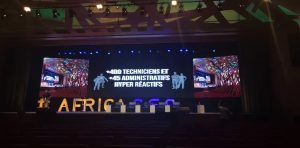
When the LED display is installed outdoors, we need to consider many factors, for example, the durability and weather resistance of the cabinet, steel structure and special heat dissipation features; want to make the LED display to enhance the durability and weather resistance to withstand the outdoor cold and heat, you need to increase the thickness of the cabinet and steel structure; coupled with a special heat dissipation system, the outdoor LED display will appear thicker.
Running noise: when the LED display is running, the thickness of the display can directly determine the running noise of the LED display, if the display is thin, and the use of the front maintenance of the way of working, will make the LED display built-in lines and control systems and other more closely, which leads to the display of the work of the noise decibel will be higher.
Ambient light: the installation of LED display need to consider the brightness of the ambient light, in the intense glare, the thinner rear maintenance of the LED display may be more affected by the light.
This is because thinner front maintenance of the LED display are usually equipped with ambient light rejection (ALR) technology, this technology helps to reduce the glare, but also can improve the visibility of the display. Thicker displays can be fitted with stronger light suppression systems so that they don’t have too much of an impact.
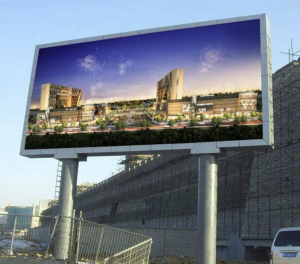
Aesthetics: viewers in the view of the LED display, there is no excessive route connection exposed, the overall appearance of the LED display more simple. Of course, want to do to make the display looks more concise, it needs LED display has enough space to hide all the routes, however, enough space need to thicken the LED display as a whole to meet.
What are the future challenges of reducing the thickness of LED displays
Raw materials are expensive: LED displays with lower thickness require more advanced materials, which means that these advanced materials will be more expensive. This in turn increases the purchase cost of the LED display significantly.
Heat dissipation effect: In outdoor, heat dissipation effect is essential, if catering to the market demand, the LED display will be designed into a thinner appearance, you need to remove some of the heat dissipation system, but the consequences of this will make the brightness of the LED display will be reduced, but also easy to produce too much heat in the work of the LED display LED to circuit short circuit or fire phenomenon.
Display hardness: If the thickness of the LED display is reduced, the hardness of the LED display may be affected, and the LED display may be more easily damaged, thus reducing the life of the LED display.
Handling material: the thickness of the LED display is reduced, while the handling material of the display also needs to be thinner, which will lead to some of the wires will also become thinner and thinner, while the resistance will increase, which is easy to cause the phenomenon of circuit breakage.
Power management: when the LED display and all the components are thinner, the power management will be hindered as never before. As the power supply becomes smaller, the power cable also needs to become smaller, which may cause the LED chip to receive less than the same amount of power flow, thus leading to effects such as unclear picture quality and substandard brightness of the image.
Connection ports become fewer: When the thickness of the LED display is reduced, the connection ports of the LED display will become fewer, leading to the reduction of its versatility of the LED display so that it can not be connected to more than one device, which makes the LED display suffer from the Limitations.
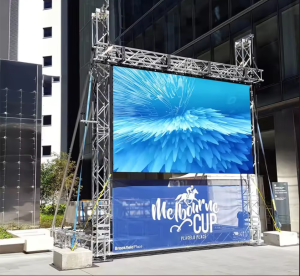
Summarize
In short, the thickness of the LED display has good and bad, the thinner LED Screen has a simple appearance, while the cabinet with many complex circuit wires. The thicker LED display has a more bulky appearance, but has the most perfect processing system.
Want to choose the most suitable for their own LED display, the need for practical applications, installation location, viewing effect, cost price, etc., a full range of goes according to their actual needs to buy.